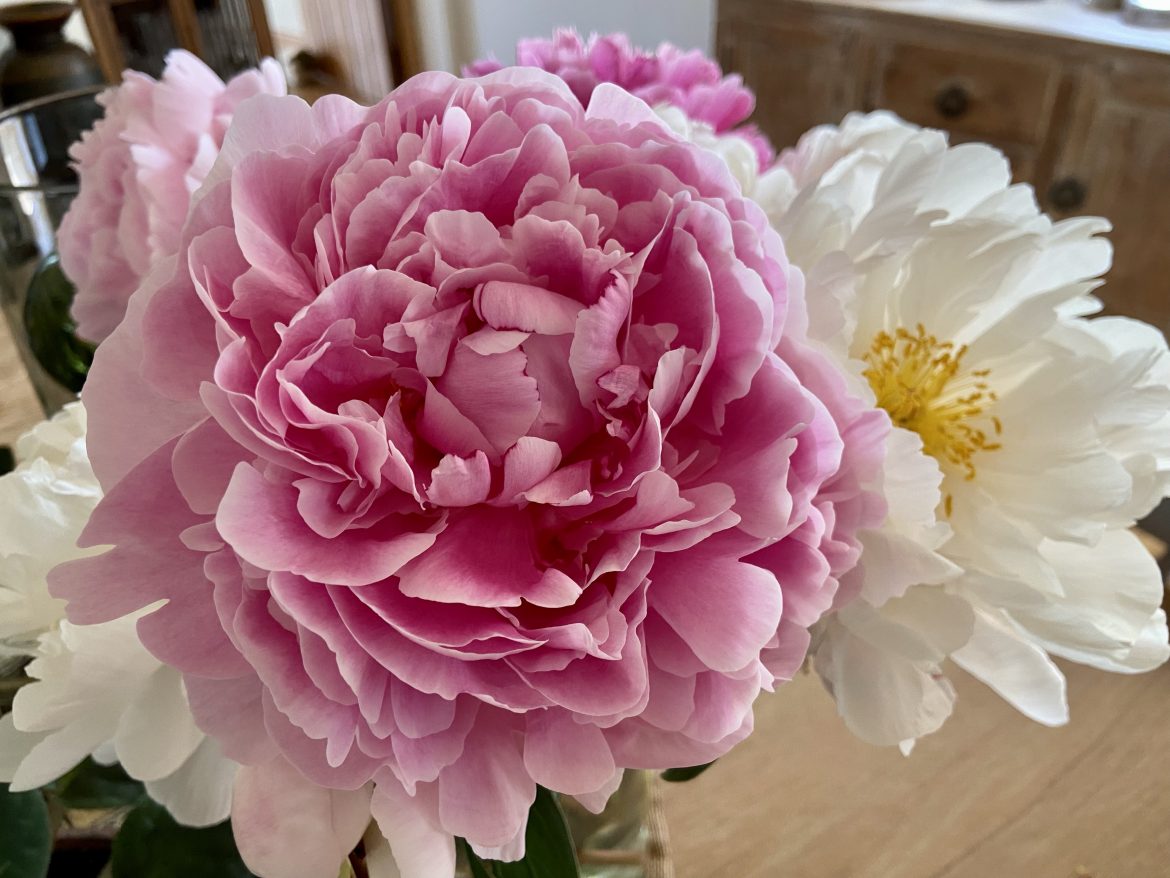The Fibonacci sequence is a series of numbers where each number is the sum of the two previous numbers. The sequence starts with 0 and 1, and then goes 1, 2, 3, 5, 8, 13, 21, 34 and so on. The Fibonacci sequence is found in many different parts of nature, including the number of petals on flowers. This is because the Fibonacci sequence creates a pleasing and symmetrical arrangement of petals. When petals are arranged in a Fibonacci sequence, they overlap in a way that creates a sense of movement and energy.
There are a few reasons why the Fibonacci sequence is so common in nature. One reason is that it’s a very efficient way to arrange things. The Fibonacci sequence creates a pattern that is both symmetrical and compact. This is important for flowers, because they need to be able to attract pollinators.
Another reason why the Fibonacci sequence is so common in nature is that it’s a naturally occurring pattern. It can be found in the spiral patterns of seashells, the branching patterns of trees and even the shape of galaxies.
In the case of flower petals, the Fibonacci sequence is thought to be due to a process called Fibonacci optimisation, which is a process by which plants grow in a way that minimises the amount of energy they use. When plants grow in a Fibonacci sequence, they are able to use the least amount of energy possible to create a strong and symmetrical structure.
The Fibonacci sequence is a fascinating example of how mathematics and nature are interconnected. The next time you see a flower, take a closer look at the number of petals. You might be surprised to see that they follow the Fibonacci sequence.
Here are some specific examples of how the Fibonacci sequence plays a role in flower petal structure:
Artichoke (21 petals)
Buttercups (5 petals)
Calendula (21 petals)
Carnation (13, 21, or 34 petals)
Daisy (34 or 55 petals)
Dandelion (21 or 34 petals)
Frangipani (8 petals)
Garlic mustard (21 petals)
Ginger (34 petals)
Goldenrod (13, 21, or 34 petals)
Hibiscus (5, 8, 13, 21, or 34 petals)
Iceland poppy (8 petals)
Lily of the valley (3 petals)
Marigold (13 petals)
Nasturtium (13 petals)
Peacock flower (13 petals)
Petunia (5 or 8 petals)
Poppy (8 petals)
Sunflower (34 or 55 petals)
Yarrow (5, 13, or 21 petals)
